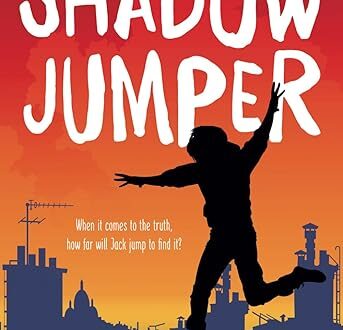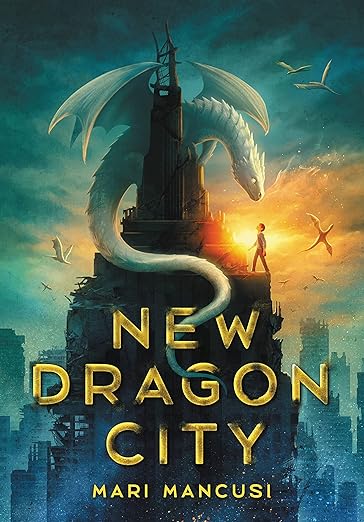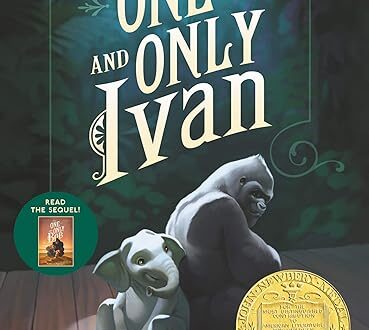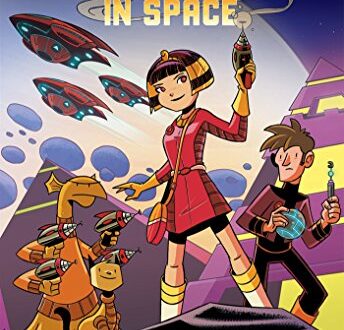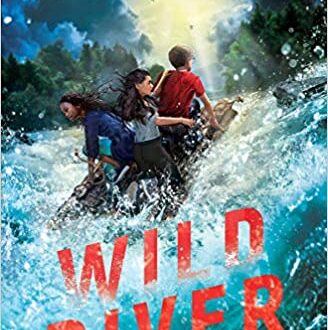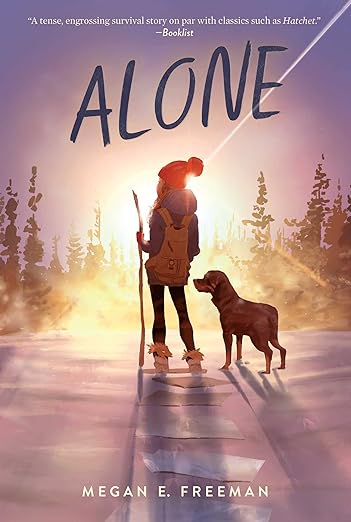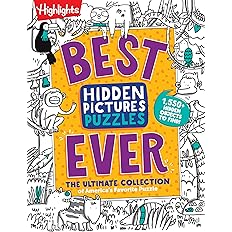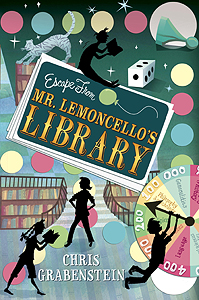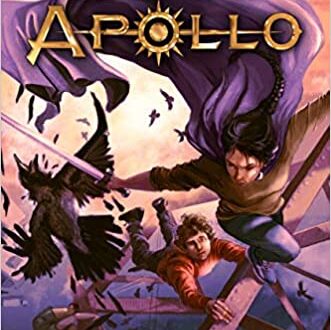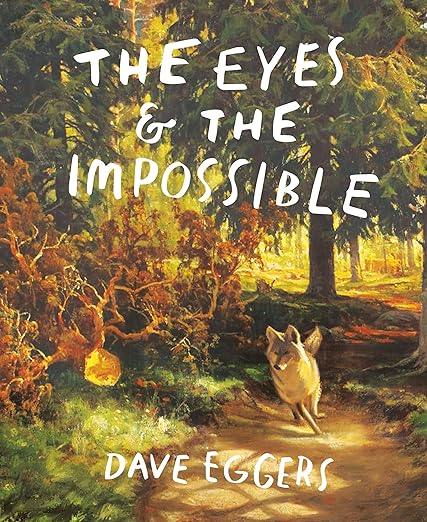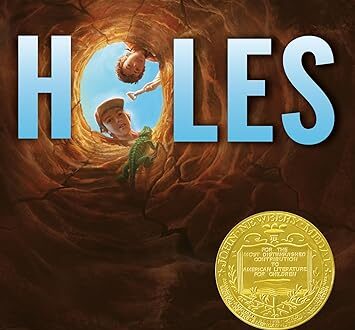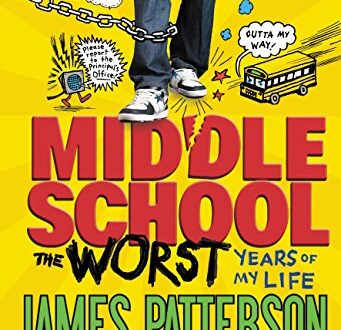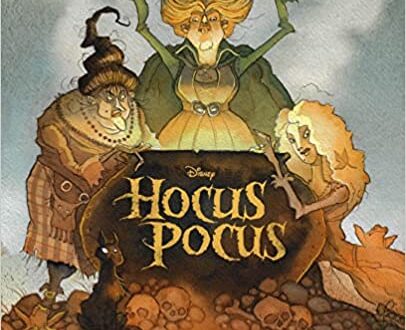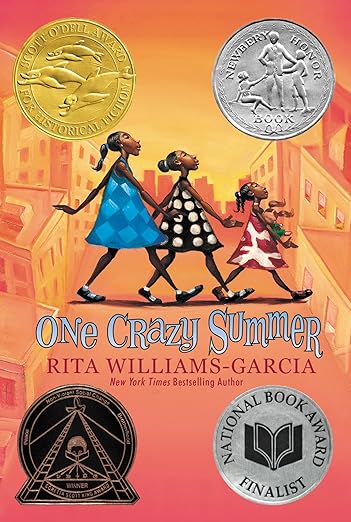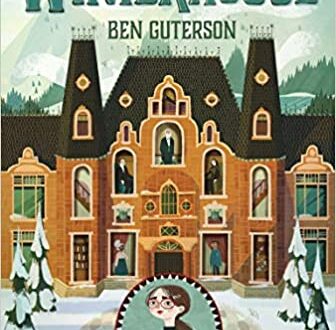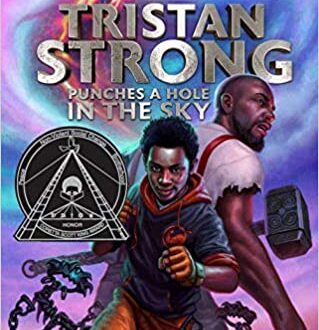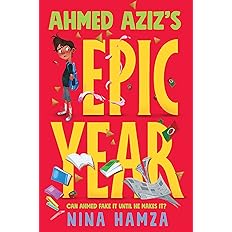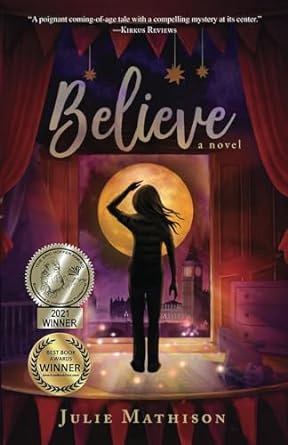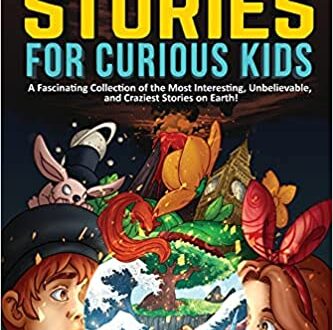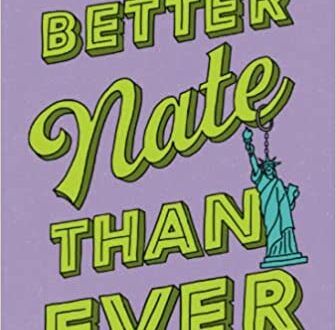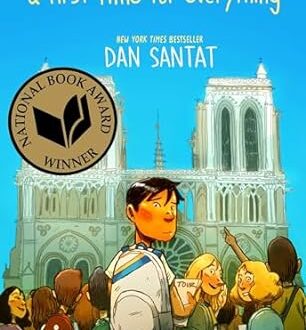-
Paramedics—Life Saving First Responders
What Is a Paramedic?
A paramedic is a specially trained medical technician licensed to provide a wide range of emergency services (such as defibrillation and the intravenous administration of drugs) before or during transportation to a hospital. An EMT—Emergency Medical Technician—is a specially trained medical technician certified to provide basic emergency services (such as cardiopulmonary resuscitation) before and during transportation to a hospital.
They are not doctors, nurses, or physician’s assistants. The word paramedic is a combination of two terms. “Para” means next to, and “medic” means doctor. So, it means that paramedics work alongside doctors, though not always physically. They can provide life-saving treatment for someone until they can get to a doctor.
Paramedics are not Emergency Medical Technicians (EMTs), though many EMTs become paramedics. EMTs have the skills to stabilize and transport people who call for emergency medical care. They can use basic equipment in an ambulance. But they aren’t allowed to give treatments that break the skin, with a few exceptions.
Paramedics have more training and can provide more advanced emergency medical care. They can use basic and advanced equipment on ambulances. In their training, they can learn how to start intravenous lines (IVs) and manage compromised airways.
Paramedics primarily work in emergency rooms and ambulances where they treat people with urgent problems. They may also work in specific settings, such as:
- On cruise ships
- On oil-drilling platforms
- In air rescue transport
- On ocean rescue teams
- At special events like music festivals
- On S.W.A.T. teams
- On firefighting teams
What Does a Paramedic Do?
Paramedics work on teams that respond to medical emergencies. They are supervised by a doctor, though the doctor is usually not on site. They may communicate with a doctor via phone, radio, or pre-written orders.
Paramedics also make some decisions about patient care and supervise the other members of their team who have less training, like EMTs.
On calls, paramedics may:
- Do CPR
- Use a defibrillator
- Give IV medication
- Clear airways
- Give someone a tracheotomy
- Use mechanical breathing devices
- Do basic medical tests
- Interpret the results of the tests
- Give antidotes to drug overdose or poisoning
- Monitor the person who is sick during the trip to the hospital or to the doctor
- Interpret patient data on monitoring equipment
- Communicate with supervising doctor
- Provide a detailed account of the person’s condition to the doctor upon arrival
To start paramedic training, you have to have a high school diploma or equivalent and CPR certification. In some states, you may need an associate’s degree to start paramedic training. Some paramedic training programs require you to have EMT certification. Some specific programs may have other requirements, like prerequisite classes. Each program is different, and each state also has different requirements for becoming a paramedic.
Paramedics can get at least 1,200 hours of training. Some programs go up to 1,800 hours.
After completing training, you take an exam required by your state. You must then apply for certification within two years of passing the exam.
Being a paramedic is an exciting and interesting job you might want to consider when you are older.
AIME
-
New Dragon City
Set off on a high-stakes, action-packed adventure in this story about friendship, survival, and fighting for the ones you love, perfect for fans of Wings of Fire and How to Train Your Dragon.
No one predicted the dragon apocalypse. The dragons came suddenly and decimated the world as we knew it, including New York City. Now, three years later, Noah, his hardcore survivalist father, and a ragtag group of survivors are barely scraping by in this new reality. Kids scavenge not only for materials in abandoned homes but also for leftover books at the library. Adults spend their time establishing a make-shift society and defending their shelter… with any means available. At least for a few months, the dragons are hibernating until it is no longer safe aboveground.
Noah has seen the damage these creatures can do firsthand. When it comes to dragons: It’s kill or be killed. But a chance encounter between Noah and a young dragon causes him to question everything he thought he knew. With rumors spreading that there’s a group of survivors living in harmony with dragons instead of hiding underground, Noah teams up with his fire-breathing ally to find out if peace between humans and dragons is really possible. But the division runs deeper than scales versus skin because trying to follow his heart might just cost Noah his family, too. If Noah and his father can’t find common ground, can he truly unite humans and dragons?
For Readers 9-12 from author Mari Mancusi.
-
Michelangelo—Creative Genius
Greetings, young art aficionados and admirers of beauty! Get ready to immerse yourself in the captivating world of one of history’s greatest artists, Michelangelo. We take a journey today to uncover the talent and masterpieces of this Italian artist. Michelangelo’s art is more than just paint on a canvas or marble sculptures; it’s a gateway to understanding the human spirit and the power of creativity. So, grab your sketchbooks, open your minds to inspiration, and let’s dive into the awe-inspiring world of Michelangelo. Where the imagination knows no limits and beauty unfolds with every stroke of the brush and chisel. Prepare to be amazed as we unveil the genius of Michelangelo and explore the magnificent legacy he has left behind for the world to behold!
The Italian Renaissance painter, sculptor, architect, poet, and engineer—Michelangelo di Lodovico Buonarroti Simoni is considered one of the greatest artists of all time. His work stood out even during the Italian Renaissance, a period known for its many outstanding achievements in art.
We know a lot about Michelangelo’s life because he left many letters, poems, and journals. Because he was so famous, he became the very first artist to have his biography (story of his life) published while he was still living. His biographer, Giorgio Vasari, said that he was the greatest artist of the Renaissance. He was sometimes called Il Divino (“the divine one”). Other artists said that he had terribilità, (his works were so grand and full of powerful emotions that they were scary). Many other artists who saw his work tried to have the same emotional quality.
Michelangelo was born on March 6, 1475, in Caprese, a town near Florence, Italy. His father was Lodovico di Leonardo di Buonarroti di Simoni, and his mother was Francesca di Neri del Miniato di Siena. The Buonarrottis were a banking family from Florence. They claimed they were descended from the noble Countess Matilda of Canossa. Michelangelo’s father had lost most of the bank’s money, so he worked for the local government in the town of Chiusi. His mother died when he was only seven.
When Michelangelo was a baby, the family moved back to Florence. Because he was sickly, Michelangelo was sent to live on a small farm with a stonecutter and his wife and family. The stonecutter worked at a marble quarry owned by Michelangelo’s father. Many years later Michelangelo said that the two things that had helped him to be a good artist were being born in the gentle countryside of Arezzo. And being raised in a house where, along with his nurse’s milk, he was given the training to use a chisel and hammer.
When Michelangelo was 13, he studied art with Domenico Ghirlandajo, a leading painter in Florence. He later moved to Rome. There in 1498 he was asked to carve a pietà—an artwork that shows the Virgin Mary supporting the body of Jesus after his death. Michelangelo’s Pietà is a large sculpture carved from one block of marble. It made Michelangelo famous.
In 1501 Michelangelo returned to Florence to create David, a huge marble statue of a young man holding a slingshot. David was a king of ancient Israel who is said to have used only a slingshot to kill the giant Goliath. One of the world’s greatest statues, David represents the Renaissance idea of a perfect human form.
In 1505, Pope Julius II called Michelangelo to Rome to work on statues for a tomb. In 1508, the pope asked Michelangelo to paint the ceiling of the Sistine Chapel. Over the next few years, Michelangelo covered the ceiling with majestic frescoes, or paintings created on wet plaster. Michelangelo painted a series of frescoes on the ceiling of the Sistine Chapel from 1508 to 1512. The frescoes show events and people from the Old Testament books of the Bible. They are some of Michelangelo’s most important works.
He worked perched on a platform about 60 feet above the floor. The main scenes show biblical stories, such as God creating Adam, and Hebrew prophets.
Michelangelo later returned to Florence, where he designed a marble chapel for the powerful Medici family. The marble statues he carved for the chapel are some of his greatest sculptures.
In 1534, Michelangelo started another fresco, the Last Judgment, for the Sistine Chapel. He spent most of the rest of his life working on this large painting and writing poetry. He also designed the impressive dome of Saint Peter’s Basilica and the Capitoline Square in Rome. He died in Rome on February 18, 1564.
AIME
-
Alone
Perfect for fans of Hatchet and the I Survived series, this harrowing middle grade debut novel-in-verse from a Pushcart Prize–nominated poet tells the story of a young girl who wakes up one day to find herself utterly alone in her small Colorado town.
When twelve-year-old Maddie hatches a scheme for a secret sleepover with her two best friends, she ends up waking up to a nightmare. She’s alone—left behind in a town that has been mysteriously evacuated and abandoned.
With no one to rely on, no power, and no working phone lines or internet access, Maddie slowly learns to survive on her own. Her only companions are a Rottweiler named George and all the books she can read. After a rough start, Maddie learns to trust her own ingenuity and invents clever ways to survive in a place that has been deserted and forgotten.
As months pass, she escapes natural disasters, looters, and wild animals. But Maddie’s most formidable enemy is the crushing loneliness she faces every day. Can Maddie’s stubborn will to survive carry her through the most frightening experience of her life?
For Readers 10-12 from author Megan E. Freeman.
-
Cupcakes Galore!
Hey there, budding bakers! Are you ready to embark on a delightful and delicious adventure in the world of cupcakes? Whether you’re a kitchen novice or an aspiring pastry chef, this is your ticket to cupcake-making mastery. Get ready to roll up your sleeves, don your aprons, and dive into the sweet art of cupcake creation. From choosing the perfect flavors and mixing up the batter to decorating with flair, we’ll guide you through the step-by-step process of crafting delectable treats that will impress friends and family alike. So, grab your measuring cups, gather your ingredients, and let’s whisk our way to cupcake perfection!
Any Time Cupcakes
Prep Time 5 minutes
Cook Time 18 minutes
Additional Time 10 minutes
Total Time 33 minutes
- 1/2 cup softened butter (not melted)
- 1 cup granulated sugar
- 2 eggs
- 2 teaspoons vanilla extract
- 1 1/2 cups flour
- 2 teaspoons baking powder
- 1/2 cup milk
- 3 drops of your favorite-color food coloring (swirled through batter)
- cupcake liners
- candy sprinkles decorations
For the Frosting
- 3 cups powdered sugar
- 1/3 cup softened butter (not melted)
- 2 teaspoons vanilla extract (or coconut)
- 1 to 2 tablespoons milk
- 2 drops food coloring – your choice of colors
Yield: 12 cupcakes
Instructions
- Preheat oven to 350 and place liners in a 12-cavity cupcake tin.
- For the cupcake batter, combine the butter, sugar, eggs, flour, vanilla, milk, and baking powder. Mix well.
- Fill each cupcake liner two-thirds full.
- Mix in a few drops of food coloring into the remaining batter.
- Top the cupcake liners with a dollop of icing and use the toothpick to swirl the food color into the batter.
- Bake 18-20 minutes or until an inserted toothpick comes out clean. Set aside to cool.
- For the Frosting: Combine powdered sugar, milk, butter, and vanilla extract and whip until it has reached your desired consistency. Add a few drops of food coloring and stir to combine (or swirl).
- Frost each cupcake in a circular motion, gently squeezing the bag and keeping it off the cupcake (slightly raised).
- Once the cupcakes are iced, sprinkle the decorations on top and you’re ready to party!
AIME
-
The Eyes and the Impossible
Johannes, a free dog, lives in an urban park by the sea. His job is to be the Eyes—to see everything that happens within the park and report back to the park’s elders, three ancient Bison. His friends—a seagull, a raccoon, a squirrel, and a pelican—work with him as the Assistant Eyes, observing the humans and other animals who share the park and making sure the Equilibrium is in balance.
But changes are afoot. More humans, including Trouble Travelers, arrive in the park. A new building, containing mysterious and hypnotic rectangles, goes up. And then there are the goats—an actual boatload of goats—who appear, along with a shocking revelation that changes Johannes’s view of the world.
A story about friendship, beauty, liberation, and running very, very fast, The Eyes & the Impossible will make readers of all ages see the world around them in a wholly new way.
For Readers 8-12 from Newbery Award-Winner Dave Eggers.
-
The Enchanting World of Cellos!
Hey there, young music enthusiasts! Get ready to embark on a melodic adventure as we dive into the wonderful world of cellos. Let’s explore the fascinating sounds and rich history of this captivating instrument!
The cello is a musical instrument that is also called violoncello, French violoncelle, and German cello or violoncello. It is a bass musical instrument of the violin group, with four strings, pitched C–G–D–A upward from two octaves below middle C. The cello, about 27.5 inches long (47 inches with the neck), has proportionally deeper ribs and a shorter neck than the violin.
The earliest cellos were developed during the 16th century and frequently were made with five strings. They served mainly to reinforce the bass line in ensembles. Only during the 17th and 18th centuries did the cello replace the bass viola da gamba as a solo instrument. During the 17th century, the combination of cello and harpsichord for basso continuo parts became standard. Joseph Haydn, Mozart, and later composers gave increased prominence to the cello in instrumental ensembles. Outstanding cellists of the 20th and 21st centuries include Pablo Casals and Yo-Yo Ma, among others.
Like the violin and viola, the cello has a hollow wooden body with two sound holes and four strings running along the body and neck. However, it is much larger, and cellists usually play the instrument seated with the body of the cello place between the legs. Modern cellos usually have an endpin, a spike that supports the instrument on the floor.
Like all the members of the violin family, the cello first emerged in Northern Italy in the first half of the 16th century in the workshops of famous instrument makers like Andrea Amati and Gasparo da Salo. This family of instruments evolved from the viola da braccio, an instrument that was held aloft in the arm, played with a bow, and bore a strong resemblance to today’s violin.
Also, widely in use at the time was an instrument that looked similar to the cello, called the viola da gamba. This instrument was very popular and used in both low and high parts of society as musical accompaniment for many events. It too was a large violin shaped instrument played with a bow. However, it had sloped shoulders like a string bass, while the violoncello had rounded shoulders like the viola and violin.
The cello’s superior design and volume made it more popular than the gamba. During the Renaissance, the size of orchestras expanded and there was a race to deliver louder and louder instruments in compensation.
By 1700, the cello had become the preferred instrument over the violone and a cello design popularized by famous luthier Antonio Stradivari became the design of choice. Almost all violones were cut and reshaped to match Antonio Stradivari’s cello dimensions. By the mid-18th century, they had standardized the cello at a size similar to today’s design.
Players and instrument makers improved the cello’s design around the turn of the 19th century. Instrument makers set the string tension higher still, which led to a quicker response from the instrument and a clearer tone. Combined with a thinner, taller bridge, the result was more volume and the ability to cut through an orchestra or ensemble for solo work. They also adjusted the neck angle to a sharper angle.
The “spike” is now included in the cello’s design, allowing the player to stabilize it while playing. This innovation arrived at the end of the 19th century. Before that, the player had to balance the cello on their calves with their ankles close together.
Introducing steel strings in the 1920s led to some changes in repertoire for the cello. This invention improved sound quality and volume by another step. It also helped composers to expand the use of cellos into more sustained lines and increased its popularity among players and music-lovers. Its long history and distinctive tone make the cello a timeless favorite.
So, the next time you listen to music that includes a cello in the orchestra, pay attention to the cello player—and enjoy the music!
AIME
-
One Crazy Summer
In One Crazy Summer, eleven-year-old Delphine is like a mother to her two younger sisters, Vonetta and Fern. She’s had to be, ever since their mother, Cecile, left them seven years ago for a radical new life in California. But when the sisters arrive from Brooklyn to spend the summer with their mother, Cecile is nothing like they imagined.
While the girls hope to go to Disneyland and meet Tinker Bell, their mother sends them to a day camp run by the Black Panthers. Unexpectedly, Delphine, Vonetta, and Fern learn much about their family, their country, and themselves during one truly crazy summer.
For Readers 9-12 by Newbery Honor Award Winner author Rita Williams-Garcia.
-
Bluegrass Music—The Magic of Toe-Tapping Melodies
Hey there, young music enthusiasts and lovers of rhythm! Prepare for a toe-tapping journey into the vibrant world of bluegrass music. We will dive into the rich history and infectious energy of bluegrass, a uniquely American style of music that blends elements of folk, country, and blues. Bluegrass isn’t just about the instruments and harmonies; it’s a celebration of community, storytelling, and the joy of making music together. So, grab your banjos, fiddles, and mandolins, and join us as we explore the enchanting melodies, toe-tapping rhythms, and the captivating spirit of bluegrass music. Let’s embark on a musical journey that will leave you with a newfound appreciation for this timeless genre!
Bluegrass music isa genre of American roots music that developed after World War II in the Appalachian region of the country. It is named after the band Bill Monroe and the Blue Grass Boys. Bluegrass is distinguished from the older string-band music by its more syncopated (off-beat) rhythm, its relatively high-pitched tenor (lead) vocals, tight harmonies, and a strong influence of jazz and blues. Bluegrass stands out from other country and western music with its energetic rhythms and banjo played in the three-finger style. Mandolin and fiddle are generally featured considerably more in bluegrass than in other country and western music, and traditional square-dance tunes, traditional religious songs, and ballads furnish a much larger part of the repertory.
It is characterized by the use of acoustic string instruments, such as banjo, fiddle, guitar, mandolin, steel guitar, and Dobro. It differs from other types of country and western music in its repertory and banjo style. Bluegrass is a mix of improvisation, mountain music, fiddling, blues, gospel, and popular music.
Just so you know—the term “dobro” is also used as a generic term for any wood-bodied, single-cone resonator guitar. The Dobro has a distinctive sound that is louder and brighter than a regular acoustic guitar. It is often used in genres such as rock, blues, and bluegrass.
The bluegrass style emerged fully in the years 1945–48, and by the late 1940s, a number of bands were playing the music. The most successful were usually led by musicians who had at one time, or another played with the Blue Grass Boys and learned the style directly from Bill Monroe.
Bluegrass moved from performances on the radio in small Southern communities in the 1940s to television and “hillbilly” bars in the 1950s, to college concerts, coffeehouses, and folk festivals in the 1960s; and in the 1970s, the influx of younger musicians interested in bluegrass brought some influence from rock music.
What are the distinguishing characteristics of Bluegrass music?
Bluegrass is distinguished from the older string-band music by its more syncopated (off-beat) rhythm, its relatively high-pitched tenor (lead) vocals, tight harmonies, and a strong influence of jazz and blues. Although this style of music began in the United States, it still owes its roots to the United Kingdom, mostly English, Scottish, and Irish dance tunes.
The violin (also known as the fiddle), five-string banjo, guitar, mandolin, and upright bass (string bass) are often joined by the resonator guitar (also referred to as a Dobro) and (occasionally) harmonica or Jew’s harp. This instrumentation originated in rural dance bands and is the basis on which the earliest bluegrass bands were formed. The fiddle, made by Italians and first used in sixteenth century Europe, was one of the first instruments to be brought into America.
Banjos were brought to America through the African slave trade. Guitars are used primarily for rhythmic purposes to provide a base melody. The instrument originates from eighteenth century Spain. There were no American-made models until the C.F. Martin Company started to manufacture them in the 1830s.
Bluegrass is a genre of music that is REALLY hard to sing or play but sounds excellent when done correctly.
AIME
-
Believe
Melanie knows she’s special. She understands the secret language of old houses and can make jewels out of broken glass. Her imagination can do anything – except make friends.
But then, she meets Sabrina, who looks like a TV star and acts like a spy, and who doesn’t care what anyone thinks. She teaches Melanie how to believe in herself, and soon Melanie starts living her dreams. She even lands the lead in Peter Pan!
If only she could share it all with Mom. Sabrina thinks they can track her down, and Melanie wants to believe, but sometimes it’s easier to pretend.
Her new life feels like a house of cards, until one day it all comes crashing down and she finds herself with no choice but to face the truth… and let go.
For Readers 8-12 from author Julie Mathison.
